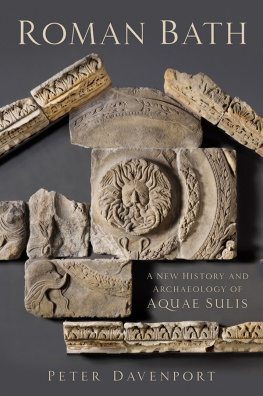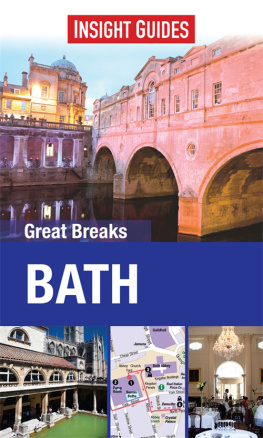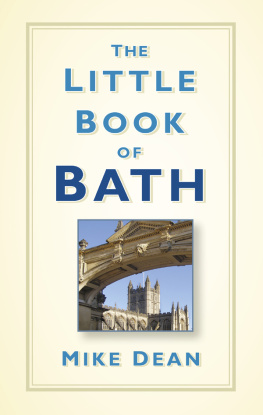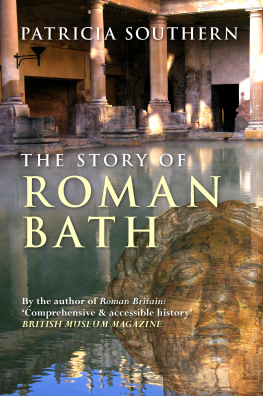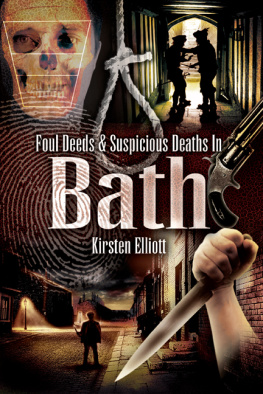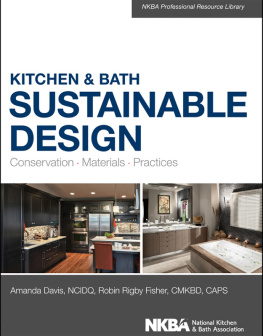(Plate V.)
ON THE EXCAVATIONS OF THE ROMAN BATHS AT BATH.
Re-printed from the Transactions of the Bristol and Gloucestershire Archological Society. Vol. VIII., part I.
Leland, on his visit to Bath in the year 1530, with tolerable fulness describes the baths, and after completing his description of the King's Bath goes on to say "Ther goith a sluse out of this Bath and servid in Tymes past with Water derivid out of it 2 places in Bath Priorie usid for Bathes: els voide; for in them be no springes;" and further on he says "The water that goith from the Kinges Bath turnith a Mylle and after goith into Avon above Bath-bridge."
These two sentences have hitherto been difficult of explanation, but the excavations, which it has been my good fortune to superintend, and the discoveries I have made, have fully explained Leland's meaning, at the same time that I have brought to light the great Roman Bath, which I purpose describing in detail in this paper, writing only of previous excavations and those I have conducted in connection with this work, so far as their description may the more fully render my account perfect of the Great Bath itself. I desire to confine my paper within such limits as the space afforded me in this Journal necessarily imposes.
Some time during the last century the ruins of a mill wheel were found to the south of the King's Bath. I have in my excavation discovered the medival sluice that led to this wheel. Leland speaks of "two places in Bath Priorie used for Bathes els voide."
In a map of Bath preserved in the Sloane Collection of the British Museum, drawn by William Smith (Rouge Dragon Pursuivant at Arms) a few years previous to 1568, The other place mentioned by Leland was discovered in 1755, and this discovery led the way to the excavations of a great bath (afterwards called Lucas's Bath), when the eastern wall of the great Hall of the recently found bath was first laid open, although from its position not having been properly noted previous to its being covered up, its situation remained unknown for nearly 130 years.
In Dr. Sutherland's "Attempts to revive Ancient Medical Doctrines," (page 16), et infra, he says: "In the year of our Lord 1755 This bath stood north and south. To the northward of this room, parted only by a slender wall with an opening of about 10in. in the middle, adjoined a semi-circular bath, measuring from east to west 14ft. 4in., and from the crown of the semi-circle to the partition wall that divides it from the square bath 18ft. 10in. The roof of this seems to have been sustained by four pilasters, one in each angle and two at the springing of the circle. This bath seems to have undergone some alterations, the base of the semi-circle is filled up to about the height of 5ft., upon which two small pilasters were set on either side from the area, between two separate flights of steps into the semi-circular part which seems to be all that was reserved for a bath. In this was placed a stone chair 18in. high and 16in. broad. The two flights of steps were of different dimensions, those to the west were 3ft. 9in. broad, those to the east 4ft. 2in. Each flight consists of steps 6in. thick, and seem to have been worn by use 3in. out of the square. These flights are divided by a stone partition on a level with the floor. Along this division and along the west side of the area, a rude channel of about 3in. in depth was cut in the stone. The floor of this bath seems to be on a level with that of the square bath. Eastward and westward from the area and stairs of this semi-circular bath stood an elegant room on each side, sustained by four pilasters. Separated by a wall stood the Hypocausta Laconica, or Stoves, to the eastward. These consisted of two large rooms, each measuring 39ft. by 22ft. Each had a double floor, one of which lay 1ft. 9in. lower than the area round the square bath. On this lower floor stand rows of pillars composed of square bricks of about 1in. thick and 9in. square. These pillars sustain a second floor composed of tiles 2ft. square and 2in. thick, over which are laid two layers of firm cement mortar, each about 2in. thick, which compose the upper floor.
(Plate VI.)
"To the northward, separated by a wall of 3ft. 11in., stood the other Hypocaustum, with a door of communication. The floor of this is about 18in. higher than the other. These two rooms are set round with square-brick tubes of different lengths, from 16in. to 20in. in length and 6in. wide. These flues have two lateral openings of about 2in. square, 5in. asunder. These open into the vacuum between the two floors and rise through the walls. The north wall of the last stove was filled with tubes of a lesser size, placed horizontally and perpendicularly. The stones and bricks between the pillars bear evident marks of fire, while the flues are strongly charged with soot, which plainly points out their uses.
"Heat was communicated to these flues by means of Praefurnia. In the middle of the northern wall of the second stove, the ruins of one of these furnaces appear. It consists of strong walls of about 16ft. square, with an opening in the centre of about 3ft. wide, which terminates conically in the north wall of the stove 2 ft. wide where part of the broken arch bears evident marks of fire. About the mouth of the furnace there were scattered pieces of burnt wood, charcoal, &c., evident proofs of their use.
"On each side of the furnace, adjoining to the wall of the northernmost stove, is a semi-circular chamber of about 10ft. 4in. by 9ft. 6in. Their floors are nearly 2ft. 6in. lower than that of the next stove into which they both open. The pavements are tesselated with variegated rows of pebbles and red bricks. To the northward of these there appear ruins of two other square chambers of more ordinary work." Thus far Lucas.
Dr. Sutherland goes on to say, "Since the time of his (Lucas's) publication the ground has been further cleared away. There now appears another semi-circular bath to the southward, of the same dimensions exactly with the first. What he calls the Great Bath, with its semi-circular Hypocausta Laconica, &c., forms only one wing of a spacious regular building. From a survey of these, our ruins, we may, with some certainty, determine the nature of these Balnea pensilia.... The Eastern Vapour Baths are now demolishing in order to make way for more modern improvements. Whenever the rubbish that covers the eastern wing of the Roman ruins comes to be removed similar Balnea pensilia will doubtless be found.
"From each corner of the westernmost side of Lucas's Bath, a base of 68ft., there issues a wall of stone and mortar. These walls I have traced 6ft. or 8ft. westward under that causeway that leads from the Churchyard to the Abbey Green. When, as we may suppose, they have run a length proportionable to the width, they compose a bath which may indeed be called Great, 96ft. by 68ft.
(Plate VII.)
"Adjoining to the inside walls of this central bath, there are bases of pilasters, as in Lucas's. Between the wall and the bath there is a corridor paved with hard blue stone 8in. thick.
Dr. Sutherland published the plan of the bath with this description having "drawen out in dotted lines" the supposed arrangement of the baths. To make the account of these discoveries of 1755 complete, I must explain that the Hypocausta Laconica, or stoves, to the eastward, which he described as each measuring 39ft. by 22ft., were, I believe, the tepidarium and the caldarium. The two semi-circular recesses, or small rooms, to the north, I should consider were each a




